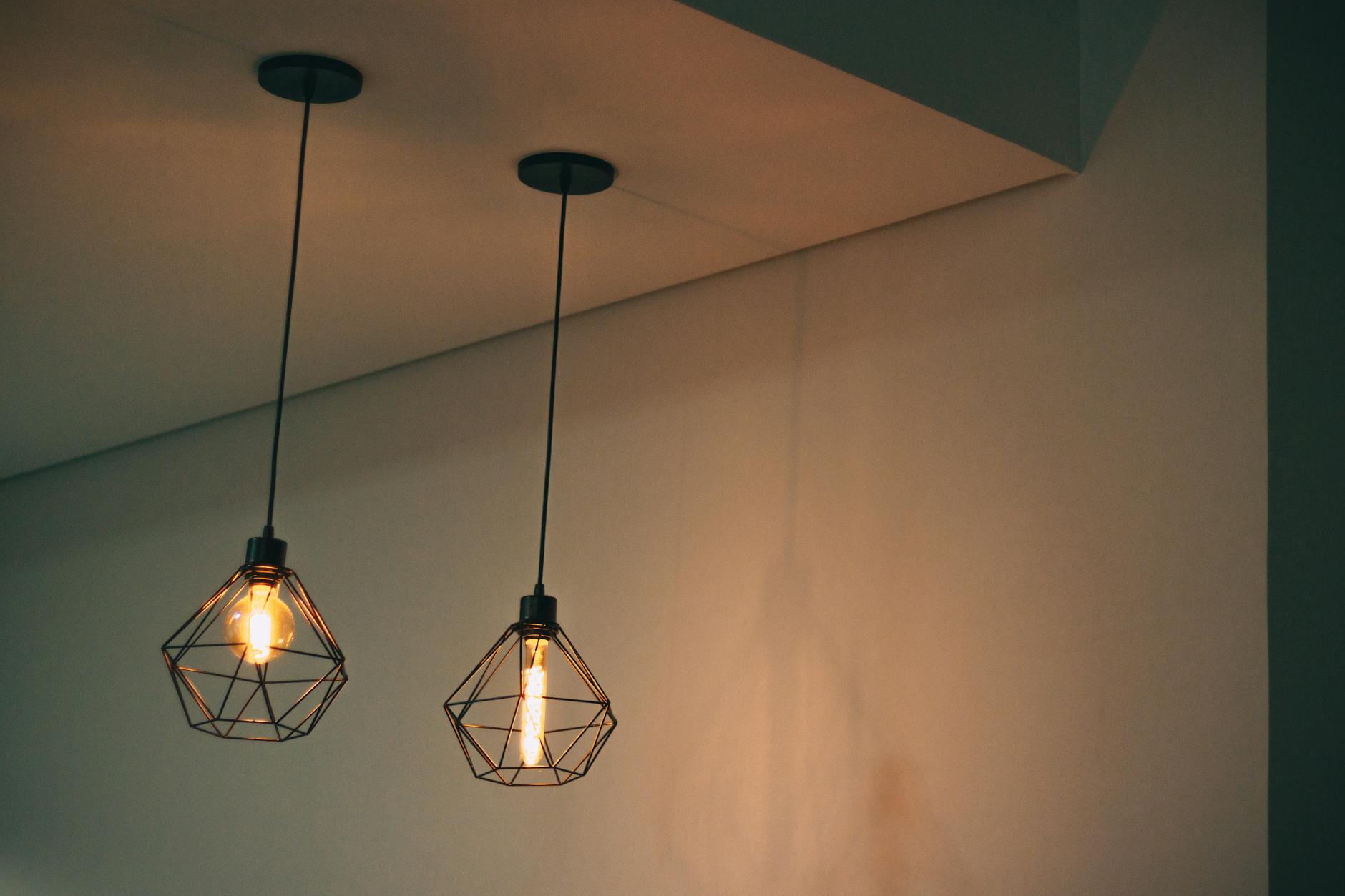Beyond the Bulb: The Hidden Art of Choosing a Ceiling Light
When furnishing a room, it’s common to be preoccupied with selecting the perfect furniture, paint color, and decor. However, one pivotal element often overlooked is lighting, specifically ceiling lights. Ceiling lights do far more than merely illuminate a space—they shape the mood, dictate functionality, and influence style. This neglected art is ripe for exploration, promising to transform how you view and enjoy your living spaces.
The Importance of Good Lighting
Proper lighting can bring warmth and texture to a room, creating an inviting atmosphere while serving a functional purpose. It’s crucial to consider the activities that will take place in a room to select the appropriate light. The right ceiling fixture can highlight architectural features, increase the perceived size of the room, and even enhance color schemes. Ceiling lights aren’t just supplementary—they are foundational to the functionality and aesthetics of interior spaces.
Types of Ceiling Lights
There are a plethora of ceiling light types, each serving different purposes. Some of the primary categories include:
- Chandeliers: These elegant fixtures can be a statement piece, drawing the eye upward and filling spaces with grandeur and sophistication.
- Pendant lights: Ideal for task-oriented areas like kitchen islands or dining tables, pendants offer focused lighting crucial for specific activities.
- Flush mounts: These fixtures sit snugly against the ceiling, perfect for rooms with low ceilings or where unobtrusive lighting is desired.
- Semi-flush mounts: Offering a balance between chandeliers and flush mounts, these lights hang just a few inches from the ceiling, offering style without dominating the room.
- Recessed lighting: Installed in hollow openings in the ceiling, this choice provides a sleek look and is perfect for ambient lighting.
Selecting the Perfect Ceiling Light
The ideal light fixture for your home depends on several factors. Here’s how to approach your selection:
- Understand your room’s needs: What activities will the room host? This determines whether you need ambient, task, or accent lighting.
- Consider scale and proportion: Large or ornate fixtures can overpower small spaces, while undersized fixtures may get lost in large rooms.
- Match with existing decor: While a ceiling light can be a focal point, it should harmonize with other furnishings and decor elements.
- Look at energy efficiency: Opt for LED fixtures which use less energy and have a longer lifespan, making them cost-effective and environmentally friendly.
The Role of Light Bulbs
Choosing the fixture is only half the battle—selecting the right bulb is equally crucial. Color temperature affects mood; warm temperatures (around 2700K) are cozy, while cooler temperatures (5000K) are energizing. Brightness levels should align with the room’s function; lumens measure this intensity, with general living spaces benefiting from 1000-1500 lumens and kitchen areas needing more.
Moreover, consider dimmable options for greater flexibility in mood-setting. Not only does this allow for personalized lighting atmospheres, but it also aids energy conservation.
Conclusion
Ceiling lights are the unsung heroes of interior design, with the power to profoundly impact both aesthetics and functionality. Whether you’re striving for simple elegance or bold drama, the perfect ceiling light is key to achieving your vision. As you delve into the world beyond the bulb, remember to explore various styles, types, and technologies to ensure your ceiling lights not only illuminate but truly elevate your spaces.





